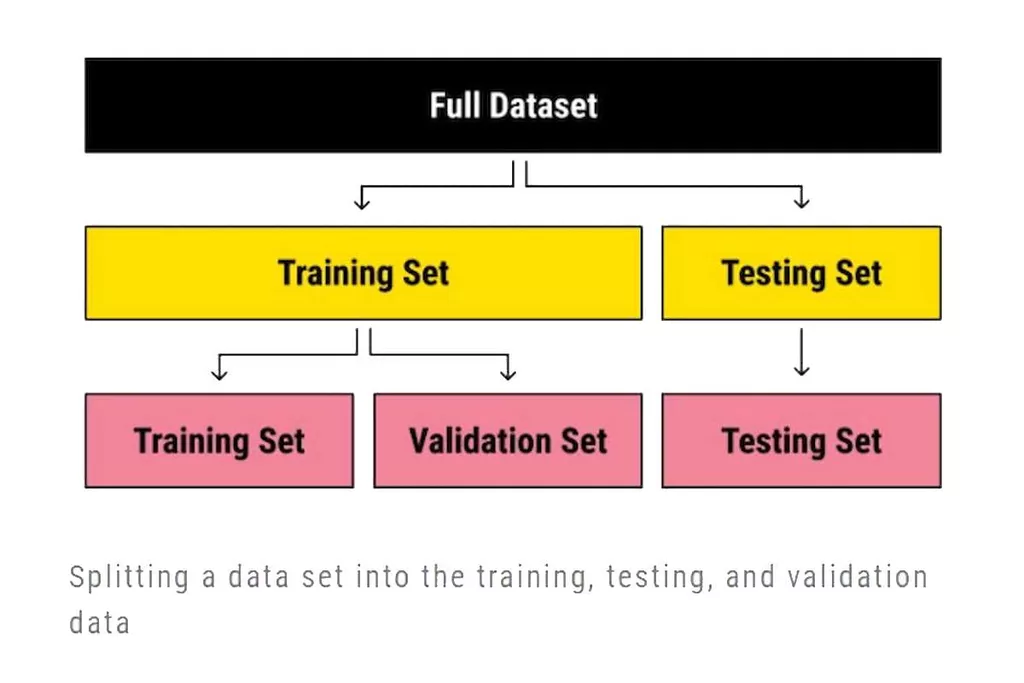That said, our team knows how to leverage AI to help our clients grow their businesses. IPaaS, on the other hand, aims to integrate cloud services, with the platform ensuring that middleware is no longer required to provide applications. Also consider what services you will probably need in the future if the applications you develop are successful and generate more traffic.

Read on to learn about IaaS in cloud computing, the benefits it offers an organization, the challenges it may present and examples of IaaS. PaaS can be extremely cost-effective in comparison to traditional data centers or cloud hosting providers when deployed correctly. In a way, PaaS acts like a host with a lot of extra goodies coming pros and cons of paas with the package! Because of its relatively low cost, it has been considered an alternative for hosting high-cost traditional applications as well as web applications. Moreover, PaaS resources can provide additional services such as database management systems, business analytics and planning, thus improving decision-making.
Why does your organization need to make the move to PaaS?
Platform as a Service is one of the more popular manifestations of this concept because it is comfortable and simultaneously absolutely critical to businesses. There are reasons to not use services of this sort, but they are overshadowed by the sheer usefulness of these solutions. Commonly used software like Microsoft Outlook is ingrained in business culture, and its accessibility via the cloud can be a game-changer. While email is still the most popular method of communication
in the world, messaging apps like Slack and Microsoft Teams are starting to creep in. Simplified, that means IaaS is essentially virtual servers that the customer rents from another company that has a data center.

We’ll try to provide some clarity by breaking down the various benefits of using a traditional iPaaS. We’ll also address the platform’s inherent shortcomings and what you can do to solve for them. However, one tool in particular looks set to garner an overwhelming share of investment over the coming years—an integration platform as a service, or iPaaS. It is also particularly annoying if the chosen provider decides to discontinue its service or goes bankrupt. In order to minimize this risk, you should choose an established market participant that has already established itself on the market. As mentioned above, there are also platforms that are used for communication purposes.
Enables you to synchronize data across systems
In addition, the platform bots should be able to bring automations directly to your business comms platform—as shown below. As you probably know already, employees spend a significant amount of time working from a business communications platform like Slack or Microsoft Teams. Slack, for example, reports that its users spend more than an hour per day, on average, working within the platform. For one, since IT and engineering are forced to handle the responsibility all by themselves, significant integration backlogs are likely to take shape, and delivery timelines are likely to get stretched. Also, since they might not be as familiar with the applications, data, and processes they’re integrating as those in business teams are, they’re less likely to ideate and execute integrations that deliver the highest return on investment.
This refers to applications such as Google App Engine, which make it possible to work in an open source environment and for which the programming languages, databases, servers, or operating systems are not predefined. They are responsible for building, deploying, https://www.globalcloudteam.com/ managing and maintaining the software applications and services within the PaaS offering. The provider must ensure that the PaaS is running properly and adheres to promised SLAs. When trouble strikes, the provider must troubleshoot and remediate any problems.
Best practices for evaluating and buying PaaS
Users must evaluate the business risks of service downtime and vendor lock-in when they select a PaaS provider. Both models provide access to services often based in a cloud, so it’s worth drawing the distinction between platforms and software. PaaS must feel like a sound solution to many problems after this quick introduction.

It is a system in which a third party provider delivers these app development tools via a internet connection, with the necessary hardware and software supporting it hosted off-site. These applications and their usage are much more sensitive to jitter, latency and packet losses. Hosted PBX, cellular networks, (near real-time) applications typically are deployed on CPaaS platforms. The risks of PaaS can be minimized by fully assessing the costs of using PaaS tools for application development and deployment.
What’s the Difference Between PaaS vs. IaaS vs. SaaS
Payment gateways are companies taking on the perceived risk of cryptocurrency payments by using their wallet(s) to facilitate transactions between merchants and their customers. For those used to working with in-house resources, conceptualizing PaaS products or services may not be as easy as it sounds. However, there are many examples of popular Platform as a Service products offered by leading names in the business. Fortunately, an iPaaS can help by providing you with pre-built application connectors.
PaaS delivers a framework that developers can use to create customized applications. The organization or the PaaS cloud vendor manage the servers, storage and networking, while the developers manage the applications. Platform-as-a-Service (PaaS) is a cloud strategy that provides businesses with a platform where they can develop, run and manage various applications quickly and efficiently.
What are the disadvantages of PaaS?
Companies often use mPaaS for the creation of applications that will provide both internal and customer-facing uses. This implementation can promote a BYOD environment and productivity apps without the requirement of mobile app developers or extra IT support. MPaaS usually provides an object-oriented drag-and-drop interface that enables users to simplify the development of HTML5 or native apps through direct access to features such as the device’s GPS, sensors, cameras and microphone. Vendor lock-in is another common concern because users cannot easily migrate many of the services and data from one PaaS platform to another competing PaaS platform.
- A PaaS provider hosts the hardware and software on its own infrastructure.
- An iPaaS platform seeks to offer and support those disparate integrations and ease the organization’s challenges in getting different workloads to work together across the enterprise.
- Whether you’re looking to work in cloud computing or simply want to increase your knowledge on the subject, be sure to check out our other cloud computing resources.
- Platform as a service (PaaS) computing technology has been bringing in several benefits to companies.
- Most enterprises that adopt a PaaS cloud model today do so because of one or more of these benefits.
You might not need all the high-level features, and if that’s the case, the benefits won’t offset the costs. Most enterprises that adopt a PaaS cloud model today do so because of one or more of these benefits. And the majority say that the greatest benefits of PaaS are accrued during project development and maintenance, where cloud provider tools improve project quality and accelerate the delivery of results. As with other cloud computing offerings, using PaaS means that developers can get straight to the business of creating without worrying about the administration, maintenance and security issues.
disadvantages of AI in marketing
Some companies predict a rebirth of SaaS technology that will be heavily focused on mobile devices. Other companies are putting stock in the trend that artificial intelligence (AI) will dominate the SaaS market in the fields like logistics, transport and retail. Scaling up or scaling down your own platform is an expensive challenge that may incur downtime. It involves the automatic allocation and release of the necessary resources, depending on the number of users served by the application. This way, your business can scale or modify your product easily and efficiently easily at any time.
